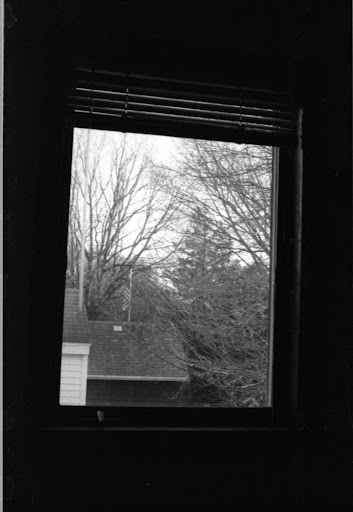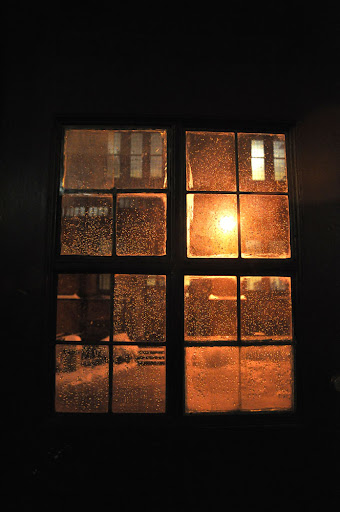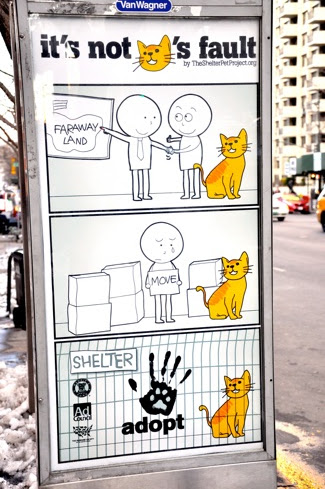
I've done it! I shot a couple of rolls of 35mm black and white film, developed them, and created some contact sheets. Next week, I learn how to enlarge! I don't know how to convey my excitement here(!) without throwing exclamation points left and right, but too many exclamation points just looks stupid. What you see here are not printed photographs but unedited images created from scanned negatives. (Thanks, Todd!)

Getting into the darkroom has been on my list of things to do for a long time. After shooting in digital for so long, it's amazing to pick up a camera and have to do everything manually, including winding the film after every photograph I take. I love handling the film, rolling it myself, and inhaling the chemicals as I bathe the film and bring it into the world. It is through this process that I truly come to understand and appreciate those who describe photography as "creating images," rather than simply "taking photos."

Film photography, as wonderful as it already is, provokes quite a bit of anxiety. Not being able to review each image on an LCD screen means that it may be a while before I see the result of my efforts. Film also carries with it an unspoken need to be frugal. I can't just take as many photographs as I want. Film costs money! And it runs out after 36 frames! Then there is the reality of having to create all the settings and focus manually. Imagine being outside during the winter, trying to take photographs of a fiancée who gets cold very easily, and fumbling around with the camera just to take one photograph...

I've been shooting in manual on my digital camera for a few months now, paying more and more attention to the interplay of ISO, shutter speed, and aperture, but nothing makes me learn how they work better than the pressure of shooting in film. I've been recording the lighting conditions, aperture, and shutter speed for each photograph, experimenting a bit with the settings while using the built-in light meter as a guide. Fred Parker's
Ultimate Exposure Computer has also been immensely helpful. The goal is to be able to get the correct exposure
without the light meter, but I am a long ways off from that!

On another note pertaining to stress, imagine my disappointment when I developed my very first roll last week only to find out that a damaged shutter curtain in the SLR I had inherited rendered my film unexposed and imageless. Yes, 36 photographs down the drain. I had an inkling as I shot that something was wrong, especially as the shutter made more and more weird noises to the point where it stuck and only released when I advanced the film. I took the camera to Nippon Photo Clinic, a highly recommended camera repair store. The man took one look at my camera, shook his head and made a face, and told me to go buy a new camera. But I'm a graduate student with no money!...

See the rest of the album
here.














